Samyang 12mm f/2 NCS CS lens
Sometimes you find a chunk of glass which just works. One of the problems with lenses is that you can never have too many. They overlap, they duplicate each other, and yet they can be so different that you need every single one. The new Samyang 12mm f/2 for mirrorless APS-C systems is one of these. It’s the budget alternative the Carl Zeiss Touit Distagon 12mm f/2.8 T*, and so far everyone I’ve found who has used both lenses – including me – rates it as better optically. This isn’t what you expect from a lens with twice the maximum aperture at half the price.
I have good reasons for not owning a Touit 12mm. I already have a Sony 10-18mm f/4 OSS E, and rather like the Fujinon XR OIS 10-24mm f/4 this lens offers nearly perfect performance as a working ultra-wide zoom and adds the benefit of stabilisation for video or tripod-free interior shots.
The Sony appears to have very fine detail sharpness wide open, little sign of fall off in illumination or sharpness, and good geometry.
Click this image for a full size, f/2 available light shot taken in a covered archaelogical dig
However, the Samyang when used on the same Sony NEX-6 16 megapixel camera forced a reappraisal. It offers sharpness on a different level and manages to do so even at f/2, with corners far more detailed and clean than any lens with a 99° angle of view should manage.
It is equivalent to an 18mm on full frame, and this is around my favourite angle for an architectural, street and general lens. Where the 24mm angle is a common feature of consumer zooms and easy enough to use, lenses in the 17-21mm equivalent range produce a distinctive result but need careful composition and an understanding of perspective and lens geometric projection. Lenses like this separate the experienced user from the unskilled masses.
Stopping down to f/16 secures great depth of field (the Canarian cacti are not huge, bush sized and very close not tree size!) with just a hint of sharpness loss. Click image for a full 16 megapixel file
Weighing only 245g, it’s not a big lens though it has a generous 67mm filter thread round a much smaller front element which does not protrude. The bayonet lens hood is removable and reversible for storage, with a soft pouch supplied to hold everything. You can use circular filters without cut-off provided they are reasonably slim-line, and filter systems from 75mm rectangular upwards. Our sample was in a matt silver finish, with conventional black as an alternative. The focusing down to 20cm is very smooth, with a travel of 135°, and the aperture is click stopped gently but positively in half steps all the way to f/22. The mount is metal, as is the barrel skin, though plastic components are used internally. It is an advanced design with 14 elements in 10 groups using both low dispersion and compound aspheric glass, nano-coated with Samyang’s water and dirt resistant hard NCS multiple layers.
Above: Auto White Balance and auto exposure with the Sony 10-18mm at 12mm, on NEX-6
Above: AWB and AE with the Samyang 12mm set to f/11 like the Sony (darker, and much colder colour)
Above: Samyang raw shot after colour correction to taste
Though this lens had to be manually focused and lacks any electronic connections, it rapidly proved to be a reliable companion. Auto exposure tended to be slightly under, and auto white balance was nearly always too cold. On the NEX-6 manual exposure and a fixed daylight or custom set white balance proved better than relying on auto setting.
The results are the reward. For its aperture and angle, it defies the laws of trade-off. The geometry, even without creating a profile or applying the slight barrel correction sometimes needed, is so good that uncorrected raw conversions worked perfectly. The example above is a full frame, with no correction at all (you can click the image to open the full size file, though remember it has strong compression for storage and display here).
Here is the same view taken with the Sony 10-18mm, at 12mm, and at f/11, exactly the same compression
For some subjects, a two-pixel blue chromatic aberration correction removed a barely visible tendency to purple fringes, more likely to affect high contrast patterns than high contrast edges. The lens has such high resolution that moiré patterns appear from many subjects.
Compared to the Sony 16mm f/2.8 fitted with a 12mm ultra-wide converter – the original Sony solution from 2010 – it’s like moving from small to medium format.
Here’s an example which shows the geometry of the lens pretty well (click for full size)
And here’s the same historic suspensioon bridge, again at f/11 to get the necessary depth of field. But the sharpness is not destroyed and a 100% clip shows the spiders have been busy (compression almost loses the strands of the webs which are easily seen in the original file):
It does not have enough circle of coverage in reserve to make it valuable on full frame, but a near-24mm square can be cropped on the A7 series.
This lens would be a dream to use if it incorporated a chip to convey EXIF data including the aperture. AF really doesn’t matter, after a few days I learned to preset the focus manually and only check the most critical wide-open subjects using magnified manual focus view. At under £300, it’s so tempting just to have it for the sheer sharpness right into the extreme corners and the straight-line rendering. Much though I like my £700 10-18mm it has had less use since the Samyang arrived – and that says it all. My main reason for sticking with the 10-18mm is its ability to work well on the A7R for 15mm shots, and its full recording of EXIF data along with full control from the body. Much though I like my boxful of manual lenses, after a year and more using them, I am missing the vital data – as going back a year to look at original files shows. Unless I made a special note at the time, I often have no idea what lens was used let alone what aperture. For these shots, of course, I noted the details.
This article original appeared in a slightly shorter form in f2 Freelance Photographer, our six times a year super-quality professional and enthusiast magazine, Nov/Dec 2014 issue published in early October 2014. In 2017, f2 was merged with Cameracraft and we now use the Cameracraft name. You can subscribe to this magazine, which supports my work here, at www.iconpublications.com
You can find the Rokinon (Samyang rebranded) at B&H for worldwide sales – //www.bhphotovideo.com or at Amazon (UK) – //amzn.to/2oySu1b
or in the UK, the Samyang at WEX Photographic (these links benefit Photoclubalpha if you buy there, without costing you anything)
– David Kilpatrick

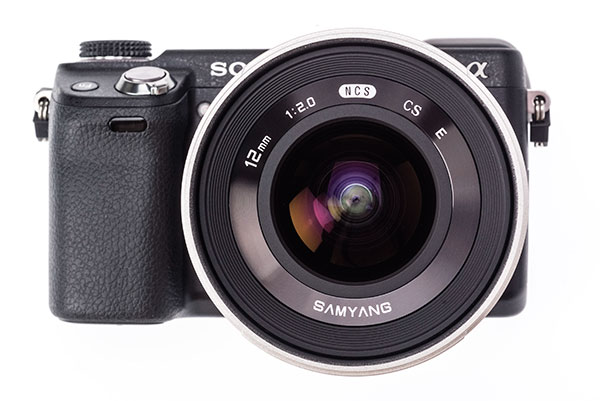

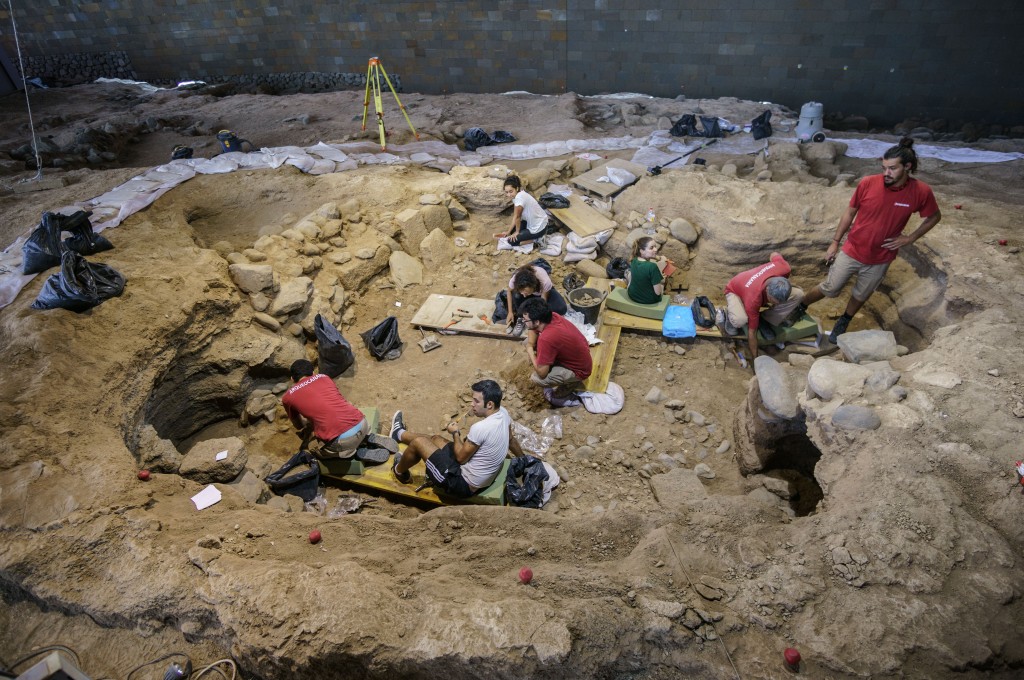

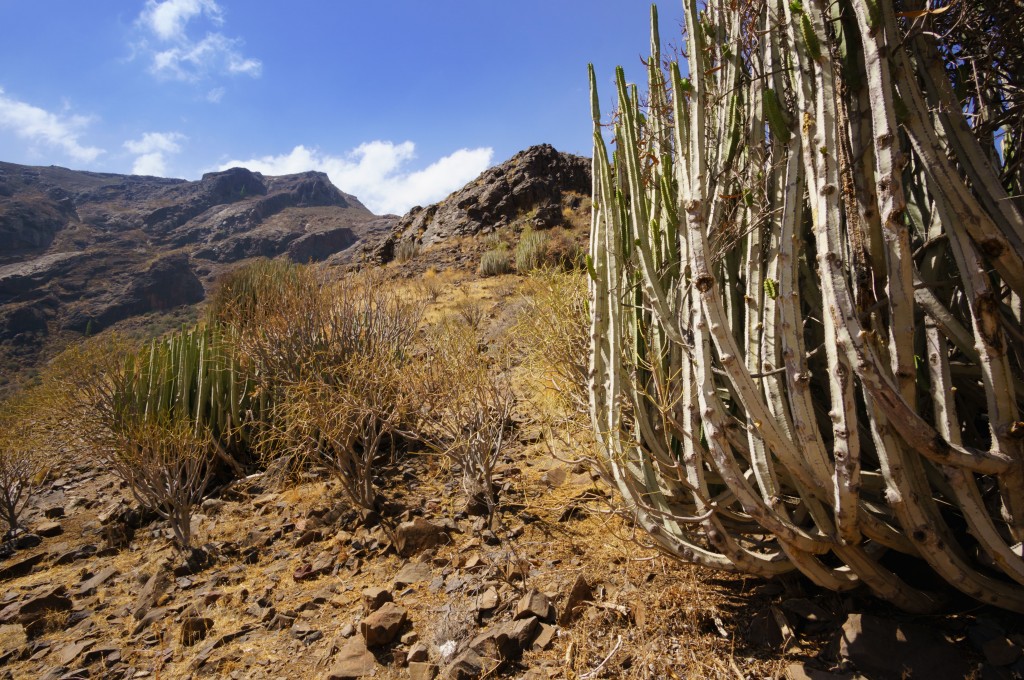



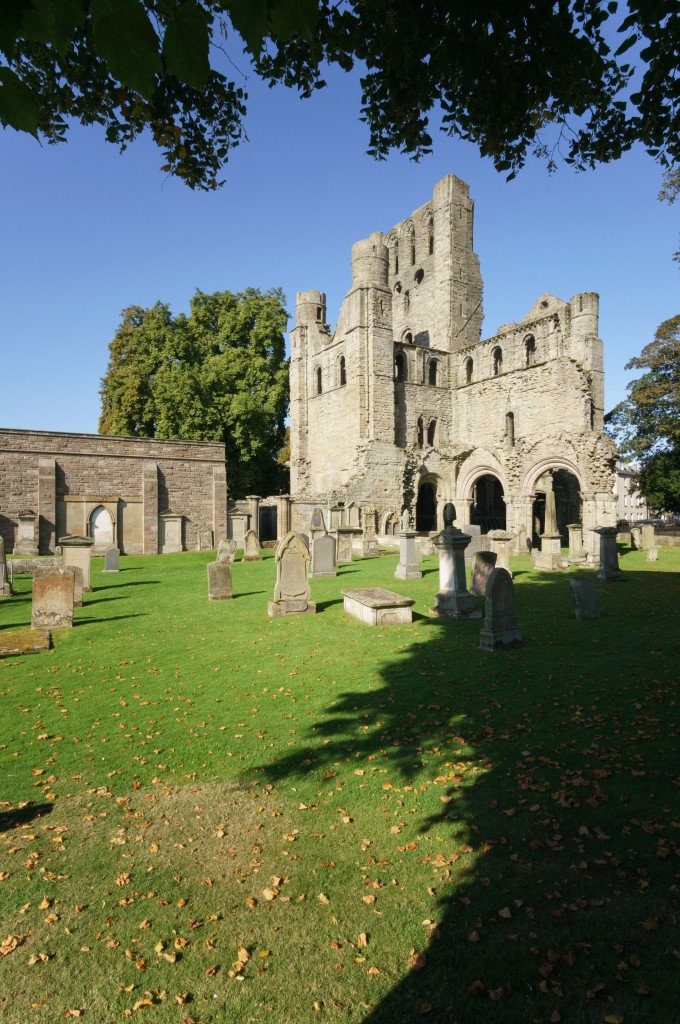
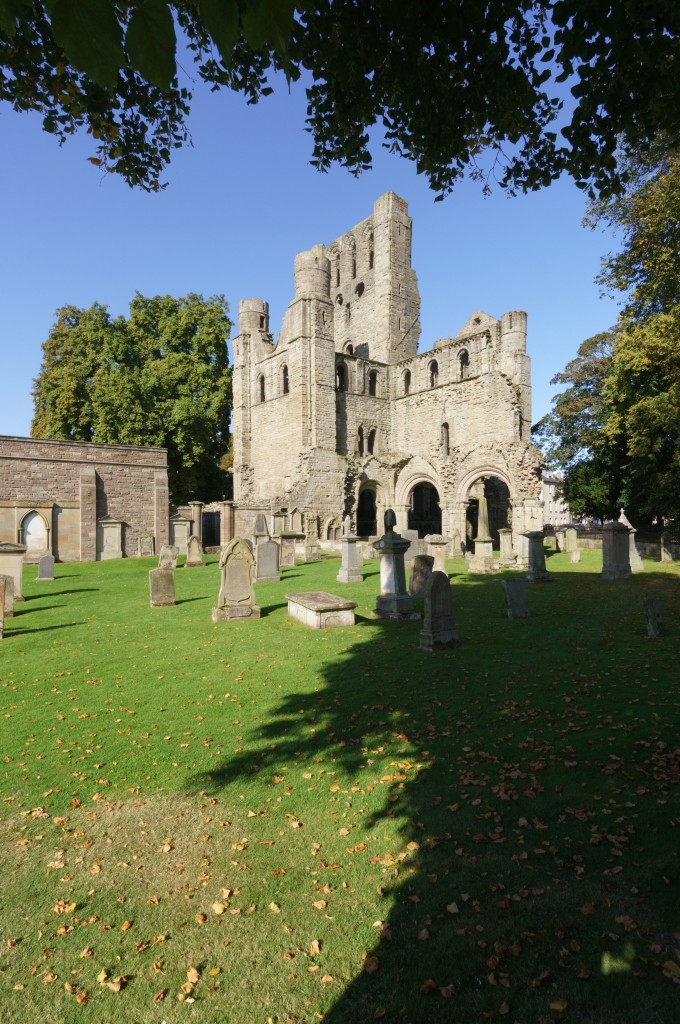
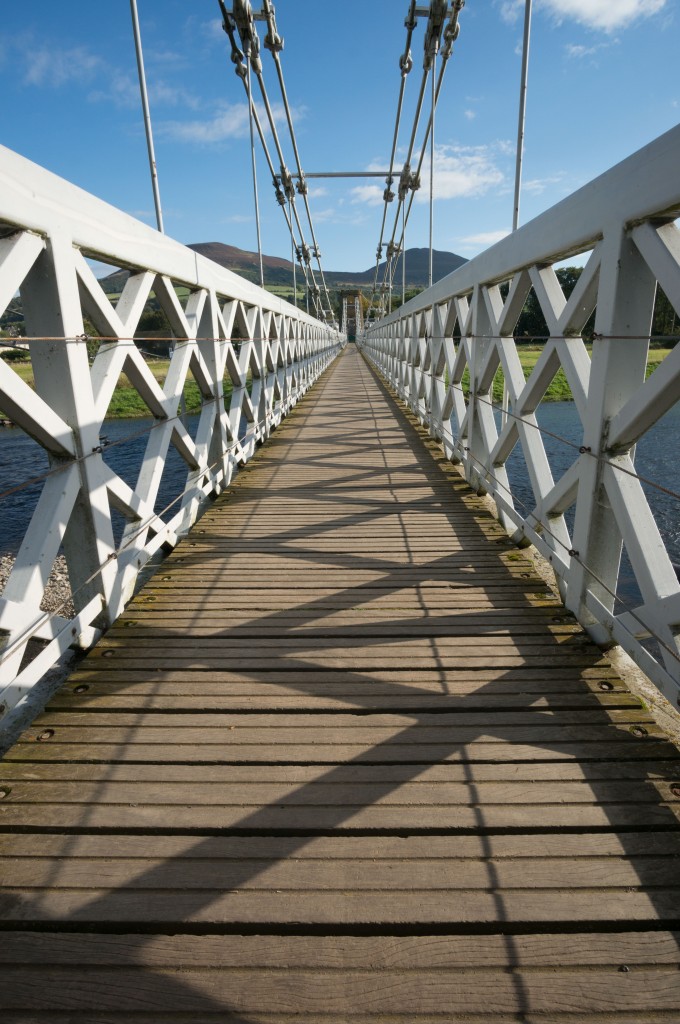


I bought this lens last summer so I could have a little play at doing some astrophotography on the a6000 – using the lens at f2 and the camera cranked up to 3200 to 6400 (plus a fair amount of post processing) I got some very nice looking shots of the milky way. I’ve found Samyang’s wide angle / fisheye lenses to be great performers on e mount cameras – the lack of AF / stabilisation is no great loss for tripod mounted landscape work using the assorted manual focusing aids in the a6000.
Pingback: Sony TidBits… | sonyalpharumors